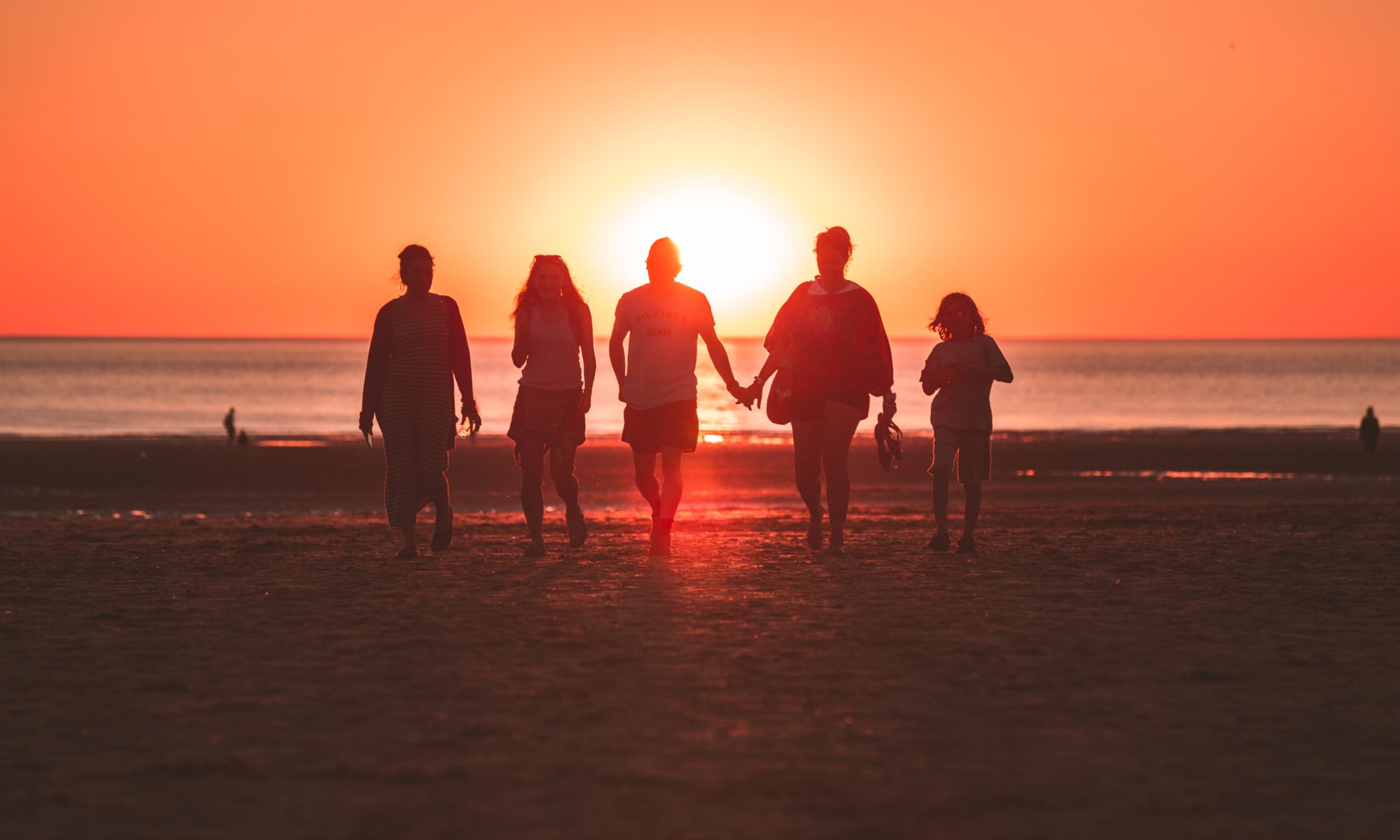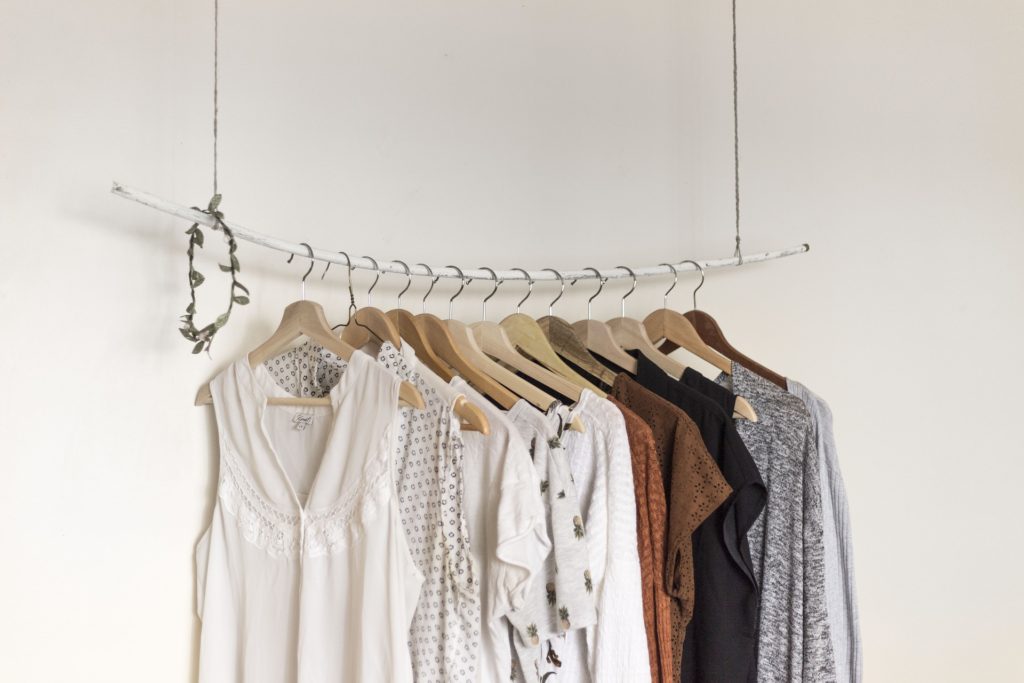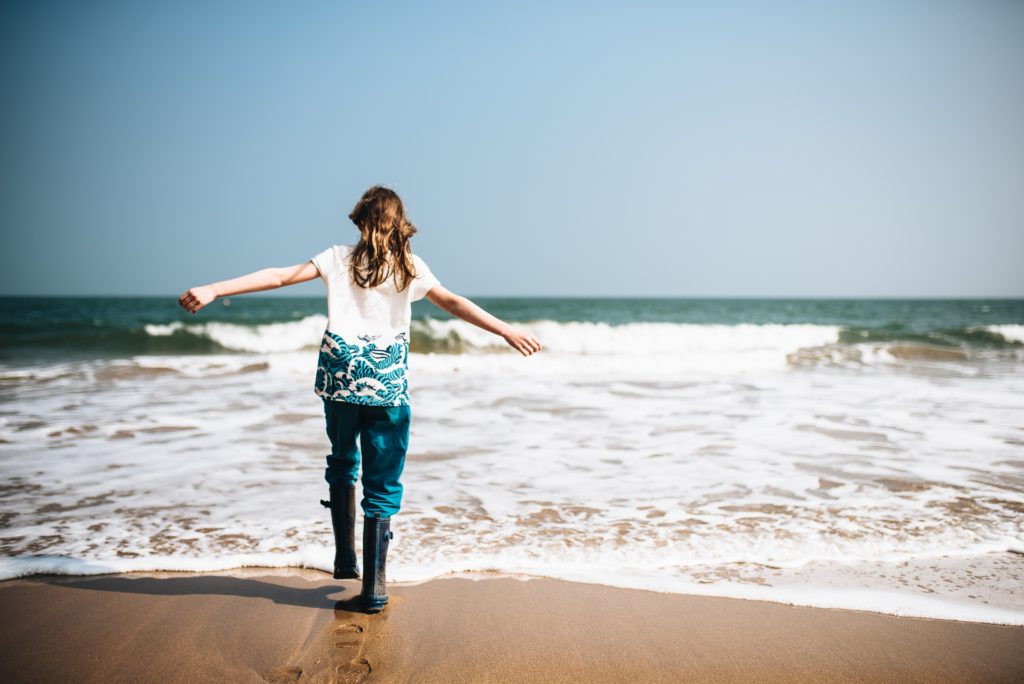I don’t think I am alone in reflecting on Covid pandemic in 2020. Life for everyone changed suddenly and dramatically. There was very little time at the start to think about what was happening. If the bare shelves in the supermarket were anything to go by, then I think most people were suddenly in survival mode. Getting enough food and toilet paper was suddenly a priority.
Our freedoms were suddenly taken away by a national lockdown, and at the time most people were on board with this. Whatever it took to keep people safe and to protect health services was seen as important. As life has returned to “normal”, I think it is important to think about the positives as well as the negatives and decide if there’s anything learnt to take forward into the future.
Everybody’s experience during the lockdowns was different. I am lucky because I think the changes in my life were minimal. I didn’t catch the virus until 2022, and I did not know anyone who died or was badly affected by it at the time. My job remained safe, and I could work from home. I lived in a rural location where I could walk freely and enjoy the countryside. Of course, there were many downsides, but my personal experience was reasonably positive.
However, as my life has become more complicated again, I sometimes miss the simplicity that lockdown brought. This has made me reflect on some of the good things I gained from the lockdown that I can use to help me achieve a simpler life.
One aspect that made life simple, is that our choices were suddenly severely restricted. Only one form of outdoor exercise was permitted each day, and many people around me seemed to make the most of this. I saw many people and families out walking and cycling in my local area. Although the same walks each day started to become a bit boring, I noticed those subtle changes as we went through the seasons. I noticed wildlife much more, even to the point of recognizing individual birds and creatures around me.
I also spoke to more people in my community. At a safe distance I spoke to neighbours longer than before and I began to find out who lived in all the houses in my vicinity. I went down paths and roads I’d never been down before, and even explored the local church yard. I had lived in this community on and off for almost 15 years, but I never got to know it as well as I did during the lockdowns in 2020 and 2021.
A lack of choice available outside the home also meant I engaged in activities inside the home more than ever before. I played the piano, cooked, baked, and even learnt how to use the sewing machine.
The fact that no-one else was doing anything exciting made it easier. It’s so easy to feel the fear of missing out when friends are posting their exciting trips on social media, but during lockdown that comparison was taken away. I remind myself that for every friend posting their amazing day out, there are at least another 10 perhaps having done very little.
This is a thought I will try to remember as I go forward. Live my own life in a way that makes me happy and don’t feel the pressure of what others are doing or what they have “achieved”.
In addition, I will also aim to continue to appreciate my home and community; enjoy the simple things (a bird singing, some freshly baked biscuits, a phone call to a friend); and think carefully before taking on too many engagements or responsibilities.





